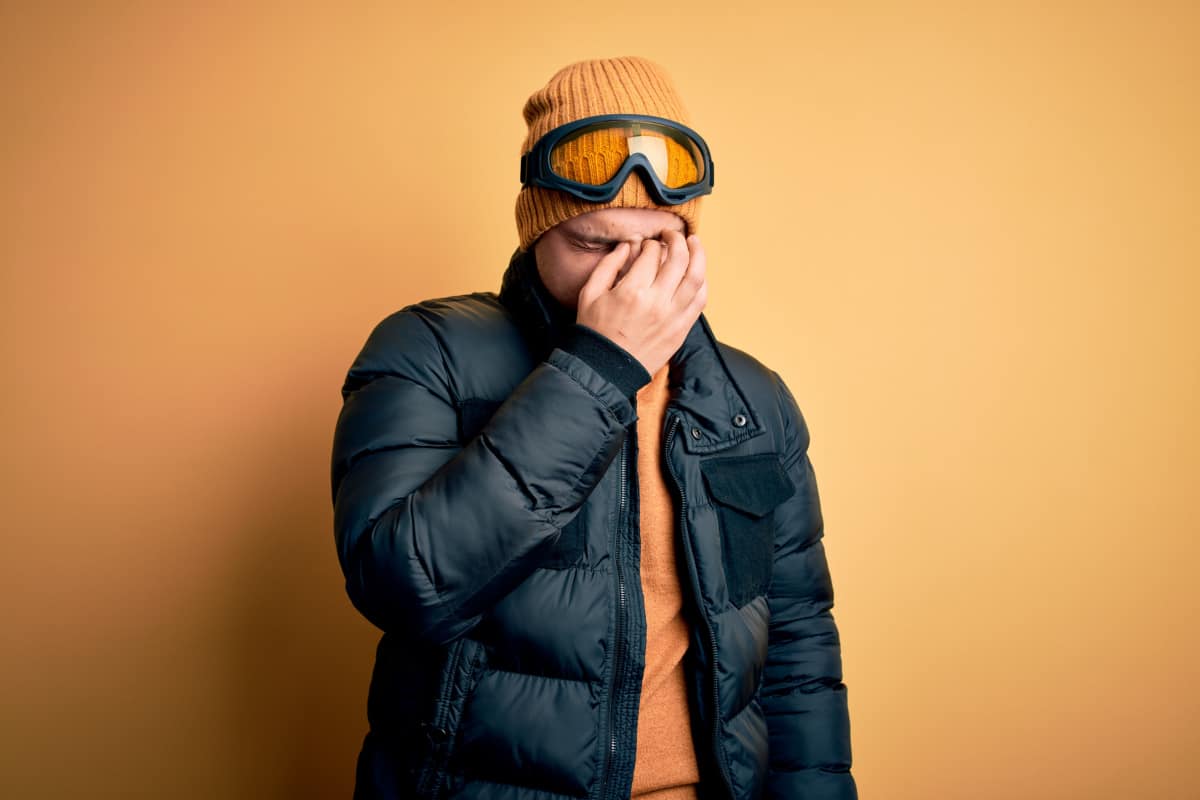It is common to experience eye dryness or discomfort occasionally due to things like eye strain or environmental factors. In some cases, the condition may even be chronic if the eyes do not produce enough tears. While those with dry eye syndrome can have uncomfortable symptoms year-round, the symptoms tend to become worse during the cooler months. The experts at Eye Clinic of Austin discuss dry eye symptoms, causes, and options for finding relief this winter.
What Causes Dry Eye?
 There are many factors that can cause dry eye, including:
There are many factors that can cause dry eye, including:
Meibomian gland dysfunction: Meibomian glands line the eyelids and secrete nourishing oil that contributes to the tear film, which consists of layers of oil, water, and mucus. The function of the meibomian glands is to keep tears from evaporating too quickly. The glands can become blocked, causing them to produce less oil. This can lead to dry eyes.
Hormonal changes: Hormonal fluctuations in women, such as when going through menopause or during pregnancy, can result in dry eye symptoms.
Eye strain: Staring at a screen for hours on end as occurs when working, watching television, or using a smartphone, can lead to poor blinking habits, in turn contributing to dry eye.
Medications: Dry eye can be caused by certain medications like tranquilizers, cardiovascular medications, and antihistamines. If you currently take these medications, our doctors can determine if medication is the cause of your dry eye.
Wear Protective Eyewear
The winter months are often associated with bracing winds and dry air, which can affect the eyes. Sunglasses, eyeglasses, goggles, and other protective eyewear can act as a shield against these environmental elements and prevent dry eye symptoms.
Consider Using a Humidifier
During winter, the air is dry both indoors and outdoors. People opt to stay warm with heated air conditioners, and fireplaces, both of which can decrease the amount of moisture in the air. This is especially true while using the heated air while driving a vehicle, where the vents are in close range to the face and eyes. Using a humidifier can boost the moisture in your environment and may allow your eyes to feel more comfortable.
Use Ointments and Artificial Tears
Artificial tears are specifically formulated to mimic the tears that are naturally produced by the eyes, providing instant and much-needed hydration and nourishment to the eyes. Soothing relief may also be found with eye ointments, which are a thicker formula and can provide a lasting protective eye film.
Dry Eye Treatment Austin
For more information about how to best manage your dry eye in winter, contact Eye Clinic of Austin to schedule an appointment.
